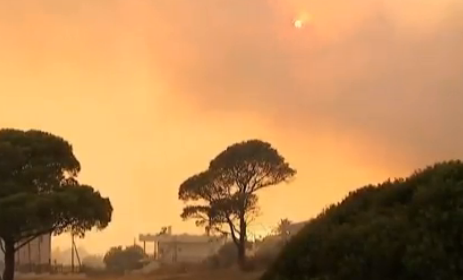Who coordinates rescue in the event of a plane crash? Why Egypt?

(BRUSSELS2) In an air accident, traditionally, it is the resources closest to the crash zone that go to the rescue zone. The means from which the plane originates also participate (nationality of the airline, of the passengers, place of manufacture of the plane or engine).
Rescue is coordinated by the country where the crash is located. On land, it is obvious. At sea, it is the delimitation of rescue zones (JRCC) which determines the responsibility of a specific country.
In this case, it is Egypt that is mainly concerned (JRCC zone of the supposed place of the crash, nationality of the company, 1st country concerned according to the nationality of the passengers). But Greece (due to its geographical proximity) and France (place of take-off of the plane, manufacture of the plane, 2nd country concerned by the nationality of the passengers) are also affected.
Added to this are questions of high politics. Between Paris and Cairo, there is an alliance de facto politico-military whether in terms of purchases of military equipment (BPC Mistral type, frigates, planes) or on the politico-operational level (Libya, fight against terrorism, peace process in the Middle East, etc.).
(NGV)
International legal framework
The rule on air accident rescue is laid down by the Chicago Convention (art. 25)
Each Contracting State undertakes to take such measures as it deems practicable to render assistance to aircraft in distress on its territory and, subject to supervision by its own authorities, to enable the owners of the aircraft or the authorities of the State in which the aircraft is registered to take the assistance measures required by the circumstances.
In the event of an accident occurring to an aircraft of a Contracting State on the territory of another Contracting State (...), the State in which the accident occurred shall open an investigation into the circumstances of the accident, by complying, insofar as its laws permit, with the procedure which may be recommended by the International Civil Aviation Organization (= ICAO).


